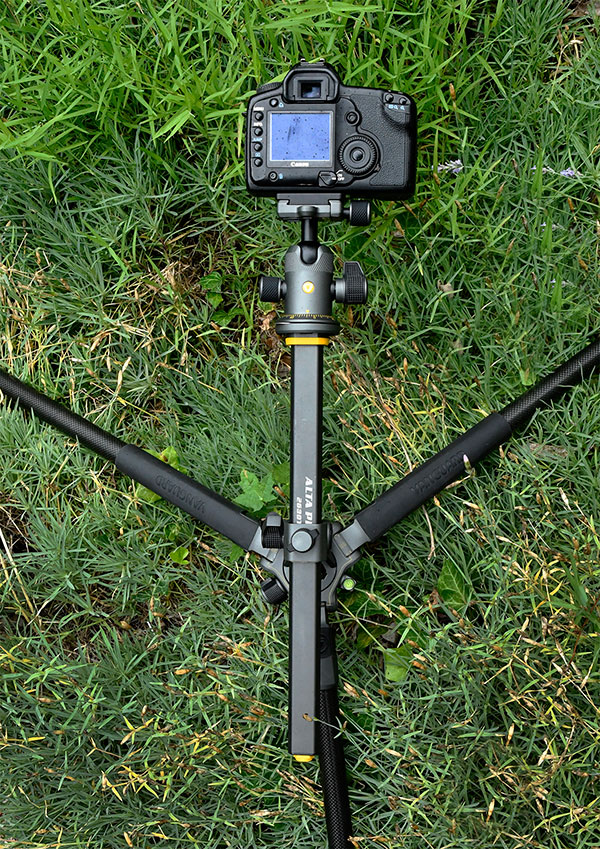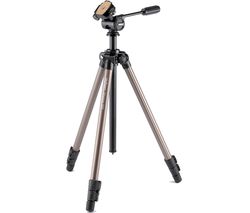
Support Devices for Patient Positioning.BMJ Open Respiratory Research, 1(1), p.e000023. Attitudes and access to lung volume reduction surgery for COPD: a survey by the British Thoracic Society. Do the benefits gained using a short-term pulmonary rehabilitation program remain in COPD patients after participation?. Karapolat, H., Atasever, A., Atamaz, F., Kirazlı, Y., Elmas, F.Inspiratory muscle training in pulmonary rehabilitation program in COPD patients. Magadle, R., McConnell, A.K., Beckerman, M.Relationship between airway inflammation and the frequency of exacerbations in patients with smoking related COPD. Gompertz, S., Bayley, D.L., Hill, S.L.Smoking and COPD: what really are the risks?.
 Marsh, S., Aldington, S., Shirtcliffe, P., Weatherall, M. Exacerbations of COPD: environmental mechanisms. Journal of the American Association of Nurse Practitioners, 26(3), pp.123-130. Risk factors for COPD: What do NPs know?. Journal of Advances in Medicine and Medical Research, pp.1-13. Aerosolized coal fly ash: Risk factor for COPD and respiratory disease. Advances in respiratory medicine, 85(4), pp.224-232. Multifunctional role of the diaphragm: a review. Kocjan, J., Adamek, M., Gzik-Zroska, B., Czyżewski, D. Analysis of volume displacement and length changes of the diaphragm during breathing. Pursed lip breathing improves exercise tolerance in COPD: a randomized crossover study. The pattern of respiratory muscle recruitment during pursed-lip breathing. Jornal Brasileiro de Pneumologia, 37, pp.829-830. A novel position for postural relief of dyspnea. Journal of postgraduate medicine, 55(3), p.211. The Effectiveness of Tripod Position and Pursed Lips Breathing to Enhance Oxygen Saturation in Patients With COPD. Effectiveness Active Cycle of Breathing Technique (ACBT) with Pursed Lips Breathing Technique (PLBT) to tripod position in increase oxygen saturation in patients with COPD, West Sumatera. The Indian journal of chest diseases & allied sciences, 51(2), p.83. Effect of tripod position on objective parameters of respiratory function in stable chronic obstructive pulmonary disease. Bhatt, S.P., Guleria, R., Luqman-Arafath, T.K., Gupta, A.K., Mohan, A., Nanda, S. You may have to use a combination of treatments to keep your disease under control and manage any acute exacerbations. It is likely that your treatment regimen will continue to change over time and as you experience flare-ups. If your disease is at a severe stage that it is causing your oxygen levels to fall, your doctor might recommend oxygen therapy or even advise you to go for surgery like lung volume reduction surgery or a bullectomy.
Marsh, S., Aldington, S., Shirtcliffe, P., Weatherall, M. Exacerbations of COPD: environmental mechanisms. Journal of the American Association of Nurse Practitioners, 26(3), pp.123-130. Risk factors for COPD: What do NPs know?. Journal of Advances in Medicine and Medical Research, pp.1-13. Aerosolized coal fly ash: Risk factor for COPD and respiratory disease. Advances in respiratory medicine, 85(4), pp.224-232. Multifunctional role of the diaphragm: a review. Kocjan, J., Adamek, M., Gzik-Zroska, B., Czyżewski, D. Analysis of volume displacement and length changes of the diaphragm during breathing. Pursed lip breathing improves exercise tolerance in COPD: a randomized crossover study. The pattern of respiratory muscle recruitment during pursed-lip breathing. Jornal Brasileiro de Pneumologia, 37, pp.829-830. A novel position for postural relief of dyspnea. Journal of postgraduate medicine, 55(3), p.211. The Effectiveness of Tripod Position and Pursed Lips Breathing to Enhance Oxygen Saturation in Patients With COPD. Effectiveness Active Cycle of Breathing Technique (ACBT) with Pursed Lips Breathing Technique (PLBT) to tripod position in increase oxygen saturation in patients with COPD, West Sumatera. The Indian journal of chest diseases & allied sciences, 51(2), p.83. Effect of tripod position on objective parameters of respiratory function in stable chronic obstructive pulmonary disease. Bhatt, S.P., Guleria, R., Luqman-Arafath, T.K., Gupta, A.K., Mohan, A., Nanda, S. You may have to use a combination of treatments to keep your disease under control and manage any acute exacerbations. It is likely that your treatment regimen will continue to change over time and as you experience flare-ups. If your disease is at a severe stage that it is causing your oxygen levels to fall, your doctor might recommend oxygen therapy or even advise you to go for surgery like lung volume reduction surgery or a bullectomy. Tripod position how to#
You will also be advised on how to avoid catching infections or exacerbations that can make your condition worse. Your doctor might even suggest a pulmonary rehabilitation program that will help you learn and develop breathing techniques to help you when you feel short of breath.

Physical therapy is also sometimes recommended. Various combinations of beta-2 agonist, anticholinergic, and steroid inhalers.

 Short-acting and long-acting bronchodilator inhalers. If your COPD has already advanced to the level that it has started causing symptoms that impact your day-to-day life, your doctor is likely to prescribe medications like: Quitting smoking can help slow down the progression of the disease, though it won’t cure the damage that has already been done. ( 11, 12, 13) For many people with chronic obstructive pulmonary disease, smoking is usually a major underlying cause. This can include factors like reducing environmental toxins. You have to remove anything that might have contributed to the development of this disease in the first place. The very first step to treating COPD is to change your lifestyle and move towards a healthier lifestyle.
Short-acting and long-acting bronchodilator inhalers. If your COPD has already advanced to the level that it has started causing symptoms that impact your day-to-day life, your doctor is likely to prescribe medications like: Quitting smoking can help slow down the progression of the disease, though it won’t cure the damage that has already been done. ( 11, 12, 13) For many people with chronic obstructive pulmonary disease, smoking is usually a major underlying cause. This can include factors like reducing environmental toxins. You have to remove anything that might have contributed to the development of this disease in the first place. The very first step to treating COPD is to change your lifestyle and move towards a healthier lifestyle.








 0 kommentar(er)
0 kommentar(er)
